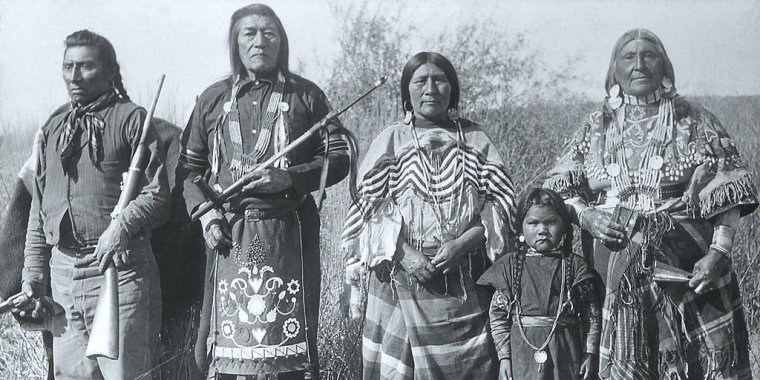| News / Science News |
Ancient DNA analysis unlocks secrets of Ice Age tribes in the Americas
Scientists have sequenced 15 ancient genomes spanning from Alaska to Patagonia and were able to track the movements of the first humans as they spread across the Americas at “astonishing” speed during the last Ice Age, and also how they interacted with each other in the following millennia.
A legal battle over a 10,600-year-old ancient skeleton – called the ‘Spirit Cave Mummy’ – has ended after advanced DNA sequencing found it was related to a Native American tribe. The researchers were able to dismiss a longstanding theory that a group called Paleoamericans existed in North America before Native Americans.
The Paleoamerican hypothesis was first proposed in the 19th century, but this new study disproves that theory.
The scientific and cultural significance of the Spirit Cave remains, which were found in 1940 in a small rocky alcove in the Great Basin Desert, was not properly understood for 50 years.
The preserved remains of the man in his forties were initially believed to be between 1,500 and 2000 years old but during the 1990s new textile and hair testing dated the skeleton at 10,600 years old.
The genome of the Spirit Cave skeleton has wider significance because it helped reveal how ancient humans moved and settled across the Americas.
The scientists were able to track the movement of populations from Alaska to as far south as Patagonia. They often separated from each other and took their chances travelling in small pockets of isolated groups.
Dr David Meltzer, from the Department of Anthropology, Southern Methodist University, Dallas, said: “A striking thing about the analysis of Spirit Cave and Lagoa Santa is their close genetic similarity which implies their ancestral population travelled through the continent at astonishing speed. That’s something we’ve suspected due to the archaeological findings, but it’s fascinating to have it confirmed by the genetics. These findings imply that the first peoples were highly skilled at moving rapidly across an utterly unfamiliar and empty landscape. They had a whole continent to themselves and they were travelling great distances at speed.”
The study also revealed surprising traces of Australasian ancestry in ancient South American Native Americans but no Australasian genetic link was found in North American Native Americans.
Dr Victor Moreno-Mayar, from the Centre for GeoGenetics, University of Copenhagen and first author of the study, said: “We discovered the Australasian signal was absent in Native Americans prior to the Spirit Cave and Lagoa Santa population split which means groups carrying this genetic signal were either already present in South America when Native Americans reached the region, or Australasian groups arrived later. That this signal has not been previously documented in North America implies that an earlier group possessing it had disappeared or a later arriving group passed through North America without leaving any genetic trace.”
The new genomic analysis presented in the study has shown that around 8,000 years ago, Native Americans were on the move again, but this time from Mesoamerica into both North and South America. (University of Cambridge)
YOU MAY ALSO LIKE




